Mechanical Engineering
Droplets reach lift-off
A drop of water is completely removed from a surface when a deformable sphere falls on it.
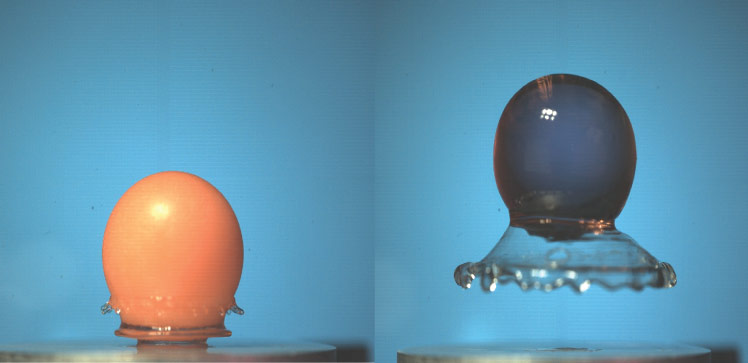
Water droplets are familiar phenomena, yet these droplets still hold surprises for scientists in how they behave.
A tennis ball dropped from a height will deform from its spherical shape when it hits the floor before bouncing back and returning to its spherical shape. Does this idea also apply to a falling droplet of water? The water would be expected to spread out as it strikes the surface. But this spread is slowed by viscosity — water’s intrinsic resistance to flow. And if the surface is hydrophobic (it repels water), then the liquid can even begin to retract and, during this retraction phase, completely bounce back.
Tadd Truscott and co-workers investigated[1] the fascinating situation in which the drop starts off sitting on the hydrophobic surface, and then a soft deformable sphere is dropped on it. “We discovered that a droplet can be lifted from the surface by an impacting ball if the elasticity and surface features of the ball and surface are matched,” explains Truscott. “This is a new way to clean or clear water from the surface.”
The team placed 15- to 45-milliliter droplets of water on a hydrophobic layer over an aluminum substrate. They then dropped 2.5-gram hydrogel spheres from different heights such that they impacted the droplets with a speed between 0.75 and 3 meters per second. The resulting “splash” was recorded with a high-speed camera.
The video recordings demonstrated that in the first few milliseconds, as the hydrogel plunged through the droplet, the water rose along the surface of the sphere, forming into a donut shape. Meanwhile, the sphere deformed as it struck the aluminum substrate. In certain scenarios the droplet was seen to entirely lift off from the surface.
The team developed a theoretical framework to explain their observations. They showed that the rebound mechanism is different from the conventional bouncing seen in single droplet cases and that the lift-off was driven by the deformation of the sphere. The researchers confirmed that hydrogel deformability was vital for lift-off by repeating the experiment with rigid polystyrene sphere, where they did not observe lift-off.
“We found a beautiful phenomenon that is reminiscent of dropping a ball on to a surface with a puddle of water, as we did as kids,” says Truscott. “It shows how curiosity and understanding come together to reveal new science.”
Reference
- Rabbi, R., Kiyama, A., Allen, J.S. & Truscott, T. Droplet lift-off from hydrophobic surfaces from impact with soft-hydrogel spheres. Communications Physics 5, 331 (2022). | article
You might also like

Mechanical Engineering
Electrocatalytic CO2 upcycling excels under pressure
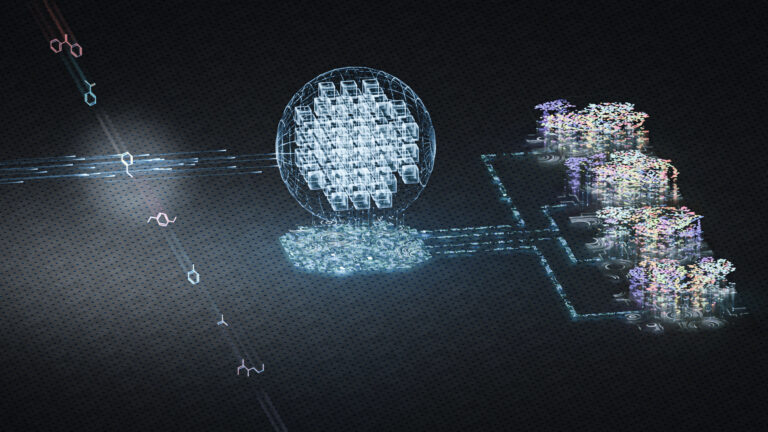
Chemical Engineering
Rethinking machine learning for frontier science

Mechanical Engineering
Falling water forms beautiful fluted films

Mechanical Engineering
Innovative strain sensor design enables extreme sensitivity
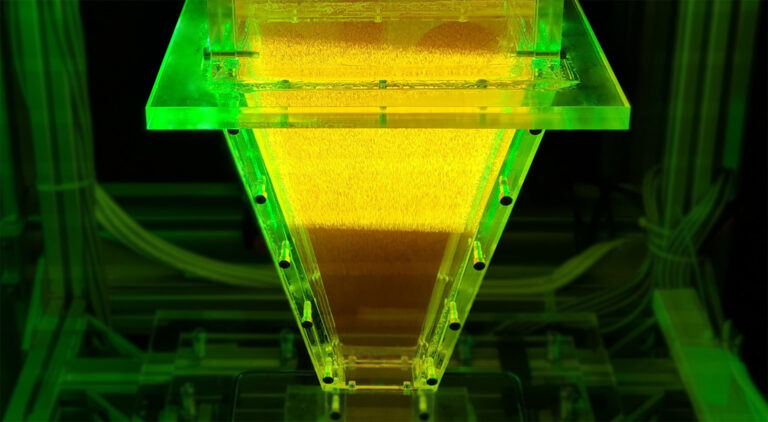
Mechanical Engineering
Turbulent flow shows surprise patterns that could help boost efficiency

Mechanical Engineering
Machine learning model identifies gas molecules
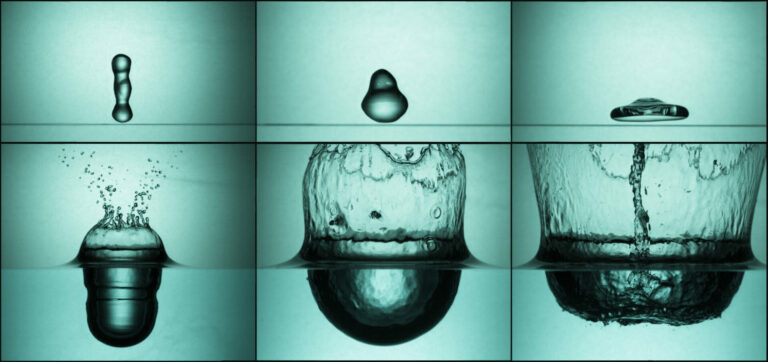
Mechanical Engineering
Making a splash: unraveling the impact of large water droplets
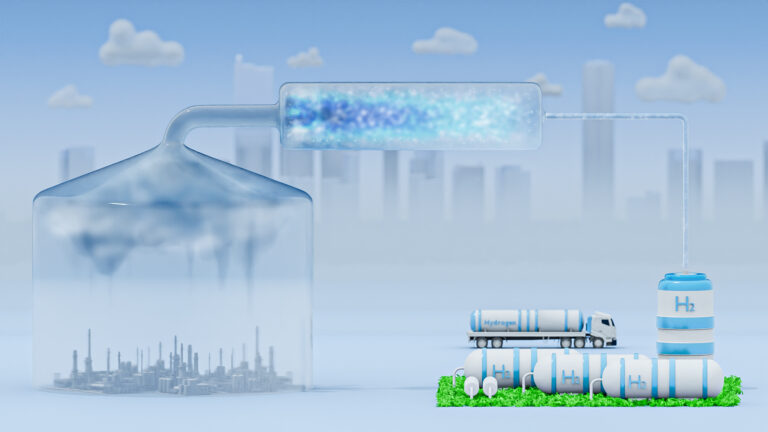
Mechanical Engineering




